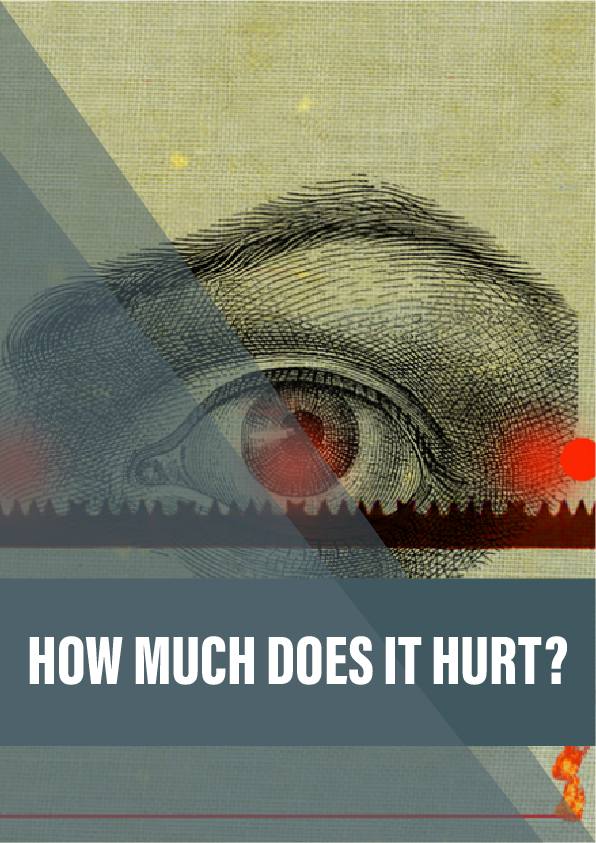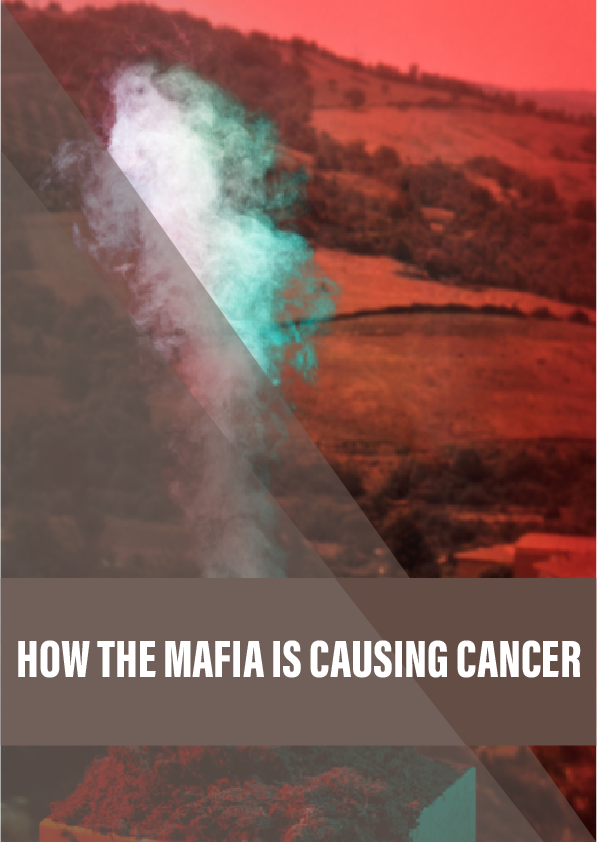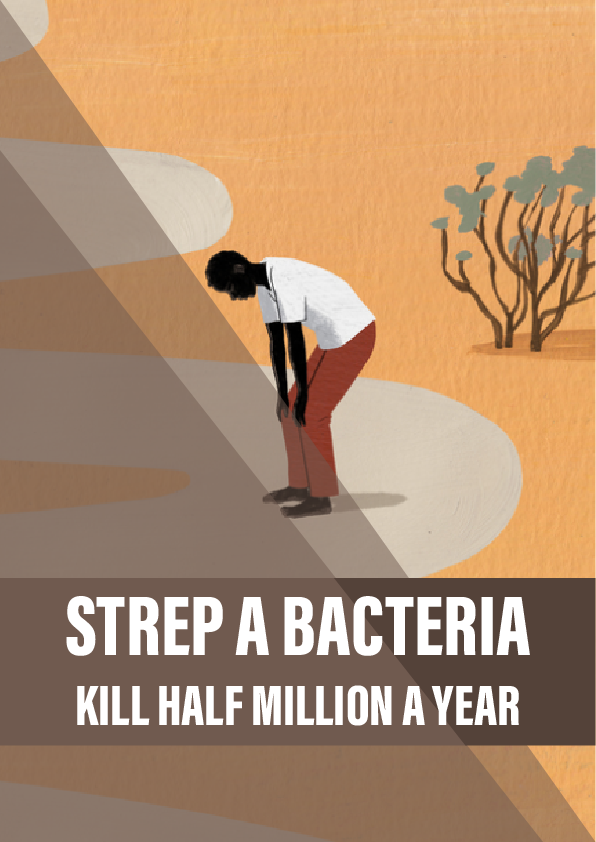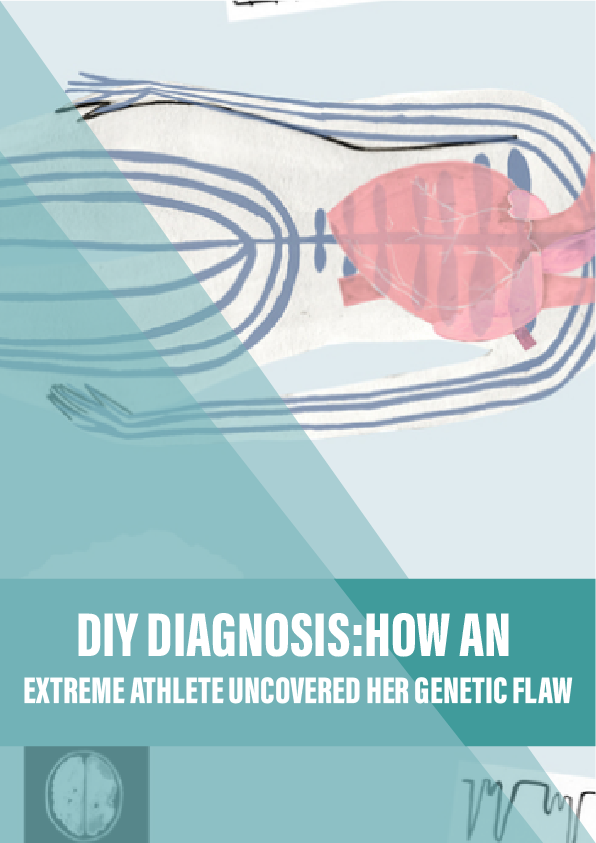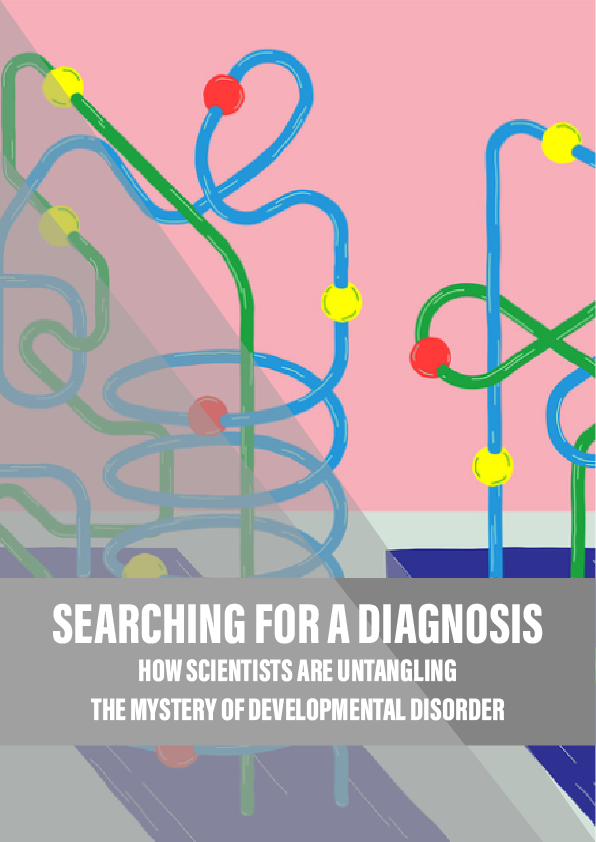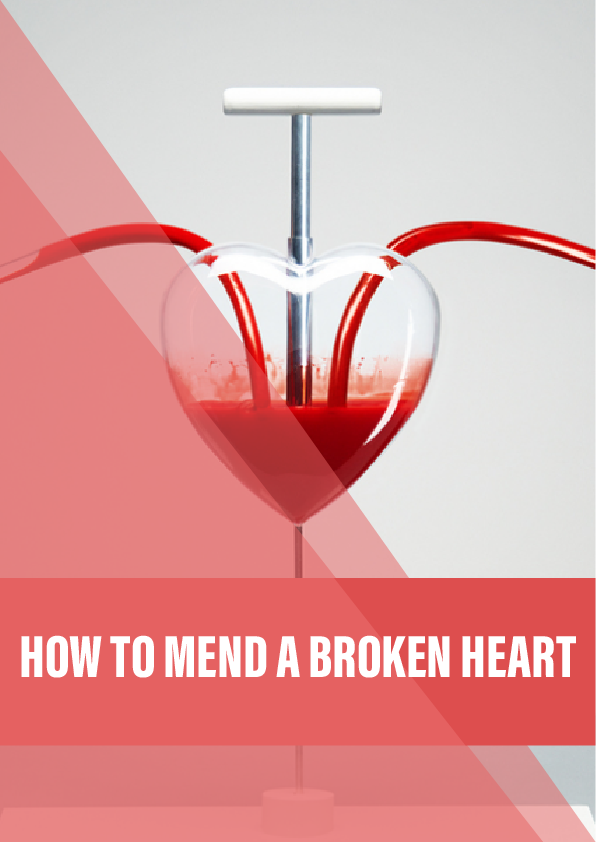Aching, throbbing, searing, excruciating – pain is difficult to describe and impossible to see. So how can doctors measure it? John Walsh finds out about new ways of assessing the agony.
One night in May, my wife sat up in bed and said, “I’ve got this awful pain just here.” She prodded her abdomen and made a face. “It feels like something’s really wrong.” Woozily noting that it was 2am, I asked what kind of pain it was. “Like something’s biting into me and won’t stop,” she said.
“Hold on,” I said blearily, “help is at hand.” I brought her a couple of ibuprofen with some water, which she downed, clutching my hand and waiting for the ache to subside.
An hour later, she was sitting up in bed again, in real distress. “It’s worse now,” she said, “really nasty. Can you phone the doctor?” Miraculously, the family doctor answered the phone at 3am, listened to her recital of symptoms and concluded, “It might be your appendix. Have you had yours taken out?” No, she hadn’t. “It could be appendicitis,” he surmised, “but if it was dangerous you’d be in much worse pain than you’re in. Go to the hospital in the morning, but for now, take some paracetamol and try to sleep.”
Barely half an hour later, the balloon went up. She was awakened for the third time, but now with a pain so savage and uncontainable it made her howl like a tortured witch face down on a bonfire. The time for murmured assurances and spousal procrastination was over. I rang a local minicab, struggled into my clothes, bundled her into a dressing gown, and we sped to St Mary’s Paddington at just before 4am.
The flurry of action made the pain subside, if only through distraction, and we sat for hours while doctors brought forms to be filled, took her blood pressure and ran tests. A registrar poked a needle into my wife’s wrist and said, “Does that hurt? Does that? How about that?” before concluding: “Impressive. You have a very high pain threshold.”
Reference:
- The McGill Pain Questionnaire, first published in the journal Pain in 1975. For information about the genesis of the questionnaire, see pages 29–31 of Patrick Wall’s Pain: The science of suffering, published in 1999 by Weidenfeld & Nicolson.
- The Pain Quality Assessment Scale, devised by Galer, Jensen and Gammaitoni in 2006, asks patients to use scales to describe their pain, for example by rating how “hot”, “sharp” or “itchy” it is. A revised version was released in 2010.
- The sixth edition of Wall and Melzack’s Textbook of Pain, edited by Stephen McMahon, Martin Koltzenburg, Irene Tracey and Dennis Turk, published in 2013 by Saunders.
- CHOIR – the Collaborative Health Outcomes Information Registry.
- A short Mosaic article about the use of hot chilli peppers as pain relief.
